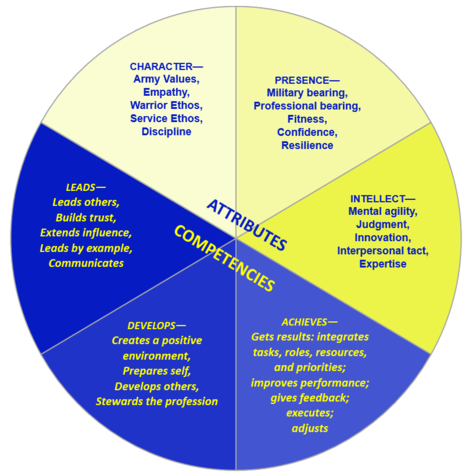
In our tech-driven world, leadership coaching is a big deal. It's not just about leaders; it can change whole organizations. Companies with solid leadership programs often do better financially—about 1.5 times more likely to be top performers. That's impressive, right? Now, let's look at leadership coaching in the tech industry. It's a tool that can drive growth and innovation. We'll walk you through how to set up effective coaching, talk about the benefits for tech leaders, and show how it can boost creativity in your teams. Whether you're an experienced executive or just starting out, getting a handle on leadership coaching might be the key to unlocking potential and guiding your organization to success. Let's see how it can shape the future of tech leadership!
Leadership Coaching in the Tech Industry: A Comprehensive Guide
What is Leadership Coaching?
In the tech world, leadership coaching is essential for everyone—from team leads to top executives—to refine their skills. This type of coaching emphasizes:
- Strategic thinking
- Emotional intelligence
- Adaptability
For those at the top, leadership coaching enhances their capacity to manage digital transformations and engage stakeholders effectively. It also builds confidence and motivational skills, which in turn, elevates team performance and satisfaction.
Leadership coaching assists individuals in navigating the fast-paced tech environment by promoting agility and work-life balance. Additionally, it integrates a human touch with AI feedback to support leaders in their growth journey.
Impact of Leadership Coaching on Tech Growth
Leadership coaching is a pivotal element in tech-driven growth. It aids leaders in making strategic decisions that align with emerging trends and technological advancements. Key benefits include:
- Mastering virtual communication
- Building trust within hybrid teams
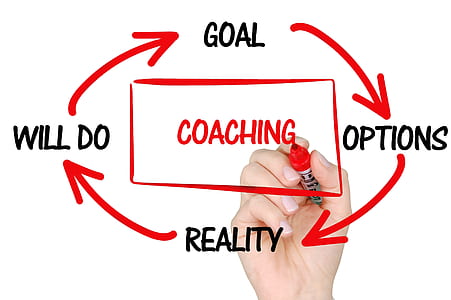
These skills are crucial for achieving objectives. Customized coaching enhances adaptability, fuels innovation, and prepares leaders for future challenges. It involves restructuring, redefining roles, and establishing processes for sustained growth and faster decision-making.
Moreover, coaching fortifies company culture and assists in talent transitions, ultimately leading to improved business outcomes.
Step-by-Step Guide to Implementing Leadership Coaching
Set Clear Leadership Coaching Goals
Analyze Leadership Challenges and Objectives
Start by evaluating the current challenges and strategic objectives your organization faces. This involves examining internal and external factors that could impact leadership. Dive into performance reports, listen to employee feedback, and keep an eye on market trends. This analysis helps pinpoint areas where leadership improvement is needed, allowing you to set coaching goals that align with business needs. For more insights, check out Together Platform.

Engage Stakeholders for Leadership Input
Engaging stakeholders is crucial for aligning the coaching program with organizational needs. Connect with senior executives, HR professionals, and potential coaching participants. Use interviews, surveys, or focus groups to gather their thoughts and expectations. This approach enriches the goal-setting process and fosters buy-in for the initiative. For a detailed guide on engaging stakeholders, visit Together Platform.
Apply SMART Framework to Leadership Goals
With a clear understanding of challenges and stakeholder inputs, employ the SMART framework to establish goals that are Specific, Measurable, Achievable, Relevant, and Time-bound. This clarity ensures that everyone knows what's expected and can work towards it. For instance, instead of a vague goal like "improve leadership skills," a SMART goal would be "increase team engagement scores by 20% within six months through enhanced communication strategies." Learn more about SMART goals at Together Platform.
Define Leadership Success Metrics and KPIs
To evaluate the effectiveness of the coaching program, establish clear success metrics and key performance indicators (KPIs). These could include leader retention rates, employee satisfaction scores, or leadership readiness scores. Setting these metrics upfront allows for objective measurement of progress and impact, providing a clear picture of the program's effectiveness. Detailed information on defining success metrics can be found at Together Platform.
Design an Effective Leadership Coaching Program
Organize Leadership Program with a Coaching Plan
A well-organized coaching plan is crucial. Use a template to outline activities, timelines, and responsibilities. This should include goals, session outlines, and evaluation methods, ensuring consistency and providing a roadmap for both coaches and participants. For a comprehensive coaching plan template, visit Together Platform.
Define Scope and Focus Areas in Leadership Coaching
Clearly define the scope of the coaching program, including session numbers, duration, and key focus areas. Decide whether to concentrate on specific skills like decision-making or emotional intelligence, or broader areas. Set a realistic timeline that allows for reflection and growth while maintaining momentum. For more guidance, refer to Proaction International.
Align Coaching Activities with Leadership Goals
Ensure all activities and sessions align with the established goals and KPIs. This alignment keeps the program on track to meet its objectives. Design activities that challenge participants and offer opportunities to apply new skills in real-world scenarios. For detailed insights, visit Together Platform.
Equip Coaches with Leadership Skills and Training
Equip coaches with the skills and training necessary for effective sessions. This may include formal training, workshops, or mentorship from experienced coaches. Coaches should be familiar with various techniques, possess strong communication skills, and understand the organization's culture and goals. For more information on preparing coaches, visit Center for Creative Leadership.
Develop Leadership Coaching Agreements
Establish Leadership Roles and Expectations
Create coaching agreements that clearly outline roles and expectations for both the coach and participants. This document should cover responsibilities such as session preparation, confidentiality terms, and the commitment required. Clear agreements prevent misunderstandings and set a professional tone. For more details, visit Proaction International.
Formalize Leadership Commitment and Responsibilities
Ensure both coaches and participants formally commit to the coaching process by signing agreements. This reinforces the program's seriousness and the dedication expected from both sides. Clarify responsibilities such as attendance, active participation, and action plan implementation to ensure accountability. For further information, refer to Proaction International.
Plan Leadership Coaching Sessions
Set Leadership Goals for Each Session
For each coaching session, set specific, actionable goals that contribute to the program's overall objectives. These should be tailored to the participant's needs and achievable within the session timeframe. Clear goals help maintain focus and allow both coach and participant to measure progress. For more insights, visit IMD Business School.
Align Sessions with Leadership Development Objectives
Ensure each session's goals align with the participant's broader development objectives and the organization's strategic goals. This alignment keeps the coaching journey coherent and ensures sessions contribute meaningfully to growth and success. For detailed guidance, refer to IMD Business School.
Prepare Reflective Questions for Leadership Growth
Prepare open-ended questions in advance to encourage deep reflection during sessions. Questions like "What challenges are you currently facing in your leadership role?" or "How do you envision your leadership style evolving?" help participants explore their thoughts and feelings, leading to greater self-awareness. For more examples, visit IMD Business School.
Conduct Leadership Coaching Sessions Effectively
Facilitate Leadership Sessions with Open-Ended Questions
During sessions, use open-ended questions to guide discussions and prompt critical thinking about experiences and challenges. These questions should encourage reflection and exploration, helping participants uncover insights and solutions. For a detailed guide, visit IMD Business School.
Practice Active Listening and Leadership Feedback
Practice active listening by giving your full attention, acknowledging perspectives, and responding thoughtfully. Provide constructive feedback that highlights strengths and areas for improvement. This feedback should be specific, actionable, and supportive, fostering a positive coaching environment. For more insights, refer to IMD Business School.
Empower Leaders to Generate Solutions and Plans
Encourage participants to come up with their own solutions and action plans for challenges. This empowerment fosters ownership and commitment to development. Use techniques like brainstorming, role-playing, or scenario analysis to explore options and decide on the best course of action. For more details, visit IMD Business School.
Implement Coaching Models for Leadership Success
Use established coaching models like the TOMS (Topic, Outcome, Method, Summary) framework to structure sessions effectively. This model helps organize the session around a specific topic, set clear objectives, choose methods to explore the topic, and summarize key insights and next steps. For more information, refer to IMD Business School.
Track Leadership Progress and Measure Outcomes
Evaluate Leadership Progress Against Goals
Regularly check the program's progress against the KPIs and goals. Use tools like progress reports, performance reviews, and self-assessments to gather data. This ongoing evaluation helps identify successes and areas needing improvement, allowing for timely adjustments. For detailed guidance, visit Together Platform.
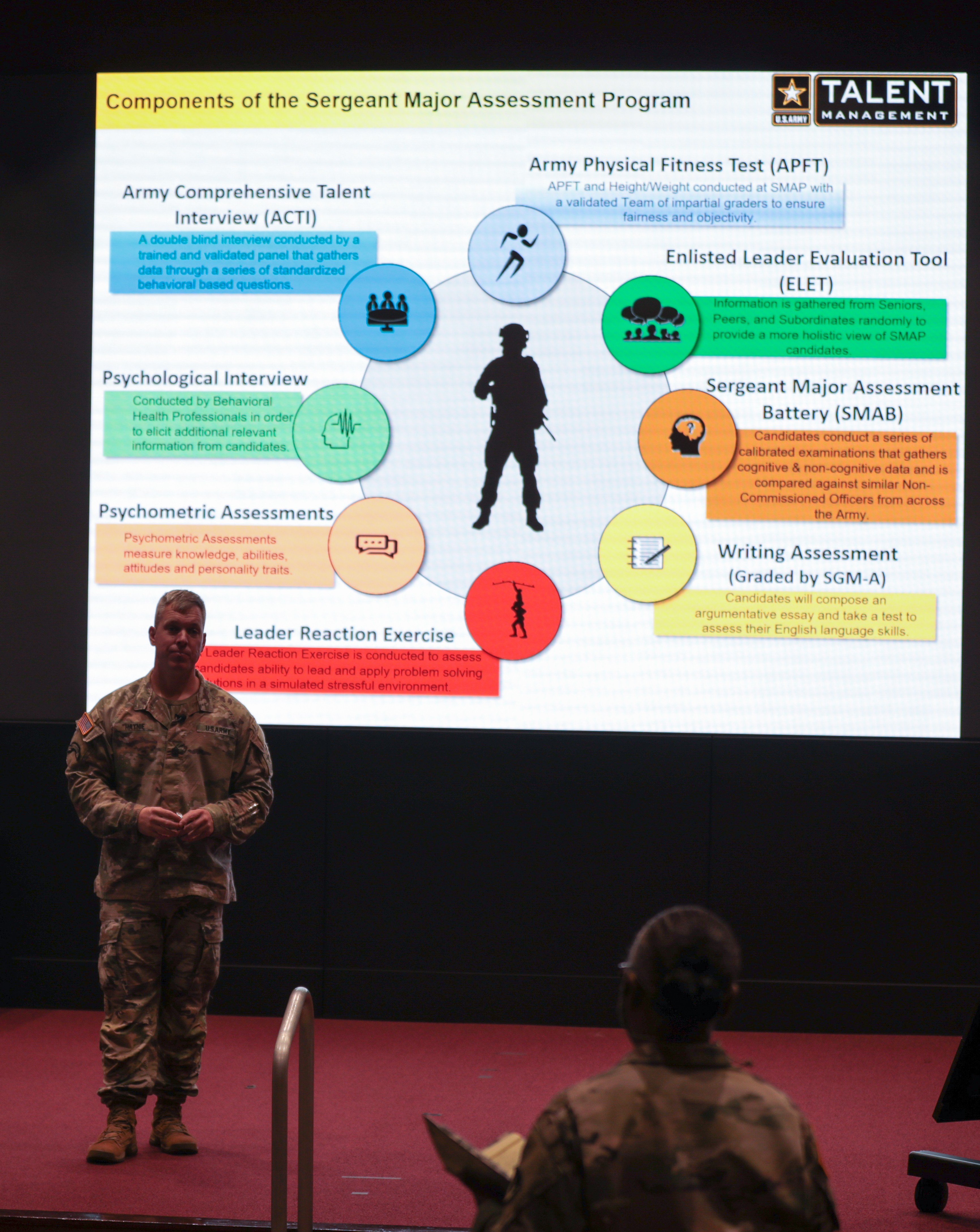
Gather Feedback and Leadership Metrics
Collect feedback from participants, coaches, and stakeholders through surveys and interviews to understand the program's effectiveness. Analyze performance metrics to evaluate changes in leadership behavior and business outcomes. This provides a holistic view of the program's impact. For more insights, refer to Together Platform.
Enhance Leadership Approaches for Effectiveness
Based on assessments, make necessary adjustments to enhance the coaching approach. This could involve refining content, altering timelines, or introducing new techniques. Continuous improvement keeps the program relevant and impactful. For more information, visit Together Platform.
Sustain and Evolve Leadership Coaching Program
Maintain Leadership Communication with Stakeholders
Keep communication open with stakeholders throughout the program. Regular updates on progress, successes, and challenges help maintain support and engagement. Stakeholder feedback is invaluable for informed decisions about the program's direction. For more details, visit Center for Creative Leadership.
Support Ongoing Leadership Coach Development
Invest in coaches' ongoing development through training, workshops, and networking. Encourage them to stay updated with the latest trends and techniques. This ensures they remain effective and capable of meeting participants' evolving needs. For further information, refer to Center for Creative Leadership.
Refine Leadership Program with Lessons Learned
Continuously refine the program based on lessons learned. Analyze what worked and what didn't, and make changes to improve future iterations. This ensures the program evolves to meet changing needs and continues to deliver value. For more insights, visit Together Platform.
Key Benefits of Leadership Coaching for Tech Leaders
Leadership Coaching for Enhanced Decision-Making
Leadership coaching enhances a leader's ability to make significant decisions by encouraging them to view situations from multiple perspectives and challenge their assumptions. This process refines their strategic thinking and problem-solving skills, making it easier to navigate complex scenarios.
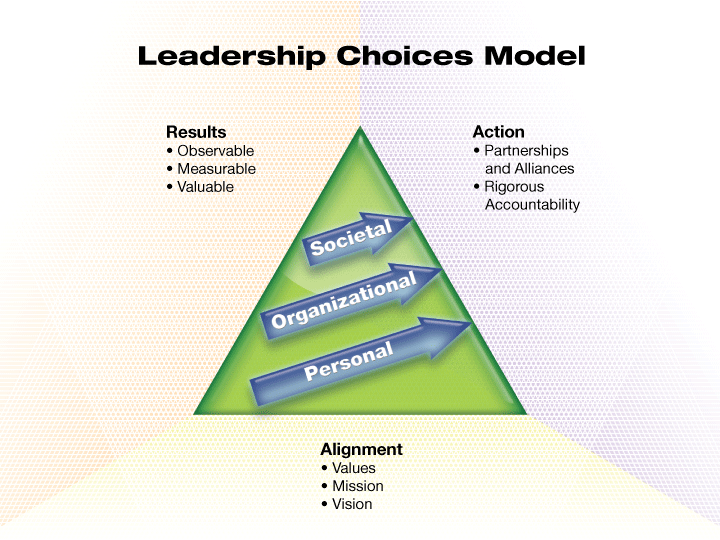
As a strategic partner, coaching aids leaders in making informed decisions that boost business outcomes and provide a competitive advantage. Additionally, it cultivates agility and adaptability, which are essential for tech leaders in a rapidly evolving landscape. For more insights, refer to Franklin Covey and MentorCruise.
Leadership Coaching for Improved Communication Skills
Leadership coaching sharpens communication skills, enabling leaders to effectively motivate and align their teams with organizational objectives. Coached leaders become adept at connecting with others and interpreting emotions, which enhances teamwork and fosters an environment where productivity and creativity flourish.

Team coaching can transform underperforming groups into high achievers. Explore more about this in Ferguson Partners and Franklin Covey.
Leadership Coaching for Emotional Intelligence and Self-Awareness
Leadership coaching promotes self-awareness and builds resilience, equipping leaders to manage their emotions and stress effectively. This enhancement in emotional intelligence is pivotal for inspiring teams and nurturing relationships.
Improved emotional intelligence leads to better team management and increased employee satisfaction. Furthermore, coaching assists tech leaders in achieving a work-life balance, mitigating burnout. Delve deeper into this topic with MentorCruise.
Leadership Coaching as a Catalyst for Innovation
Leadership Coaching to Foster a Culture of Innovation
Innovation coaching plays a pivotal role in enhancing leaders' problem-solving and strategic thinking abilities. These skills are essential for guiding an organization toward success. For more insights, check out Innovation Coaching.
Key Methods for Innovation Coaching:
- Personalized Mentoring: Tailored guidance to meet individual leader needs.
- Hands-on Workshops: Interactive sessions to spark creativity within teams.
- Ongoing Feedback: Continuous input to foster development and improvement.
By integrating innovation coaching into leadership development, organizations observe significant enhancements in leader performance and outcomes.
Leadership coaching also cultivates a mindset of continuous improvement by promoting openness to feedback, adaptability, and agility. For further reading, visit Right Insights.
Additionally, coaching that emphasizes emotional intelligence can enhance communication and motivate diverse teams. Explore more at Loeb Leadership.
Addressing Imposter Syndrome in Tech with Leadership Coaching
Leadership coaching is an effective tool for assisting tech leaders in overcoming imposter syndrome by fostering self-awareness and confidence. Learn more about this at Adapt Way.
Benefits of Leadership Coaching:
- Emotional Intelligence Development: Key to managing feelings of inadequacy.
- Root Cause Identification: Helps leaders pinpoint underlying issues.
- Confidence and Well-being Boost: Reduces the impact of imposter syndrome, increasing leader retention.
Personalized, AI-enhanced coaching provides tailored support, addressing the unique challenges that leaders face.

For more information, visit Dion Leadership and Loeb Leadership.
FAQ Section
How Does Leadership Coaching Enhance Team Collaboration in Tech Companies?
Leadership coaching can significantly enhance team collaboration by improving communication among team members. When leaders and employees communicate effectively, tension is reduced and conflicts are managed more efficiently. This fosters a cohesive team environment and builds trust. Additionally, coaching empowers teams by granting them more autonomy, which helps dismantle silos often found in tech companies. This creates a shared sense of purpose and trust, facilitating teamwork and cross-functional collaboration. As a result, project completion is accelerated and innovation is stimulated. Source.
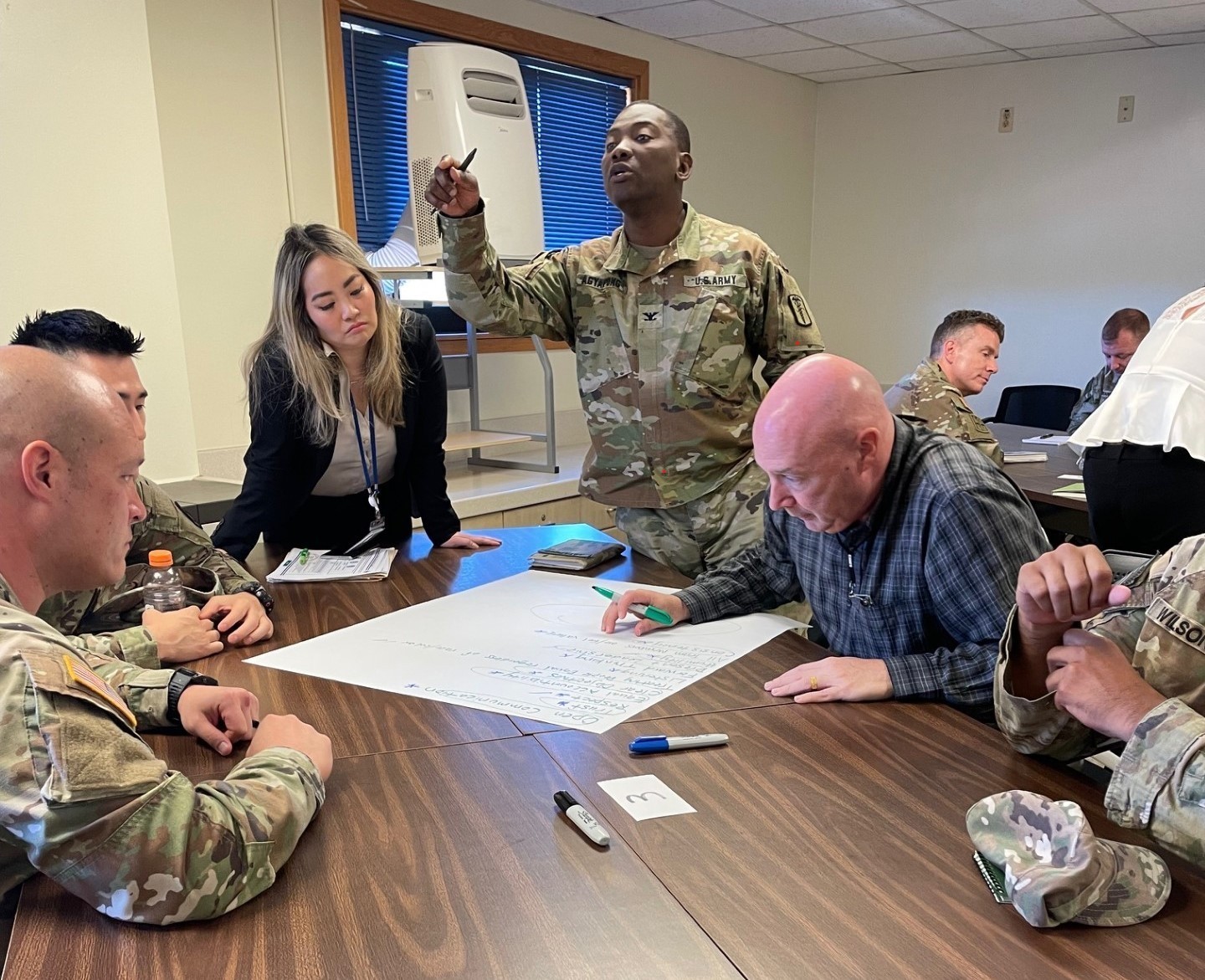
Key Benefits of Leadership Coaching for Tech Leaders
Leadership coaching offers several advantages for tech leaders:
- Self-awareness: Leaders gain a deeper understanding of their strengths, limitations, and motivations, enhancing their effectiveness.
- Emotional intelligence and resilience: Coaching helps leaders manage stress and navigate challenging situations with confidence.
- Strategic vision: It sharpens leaders' ability to align decisions with long-term goals and tackle challenges effectively.
- Communication skills: Improved communication enables leaders to inspire and connect with their teams, fostering better relationships.
- Continuous improvement: Coaching provides a structured environment for reflection and ongoing development.
These benefits collectively enhance a leader's ability to drive success within their organization. Source.
How Leadership Coaching Drives Innovation in the Tech Industry
Leadership coaching fosters innovation by creating an environment conducive to creativity and fresh ideas. It promotes a culture of continuous improvement and adaptability, enabling tech companies to address complex challenges and respond to change. By enhancing leaders' self-awareness and cognitive skills, coaching introduces new skills and perspectives, driving innovative thinking and strategic leadership. Effective coaching results in more engaged and proactive teams, motivated to innovate and positively impact the company's objectives. Source.
